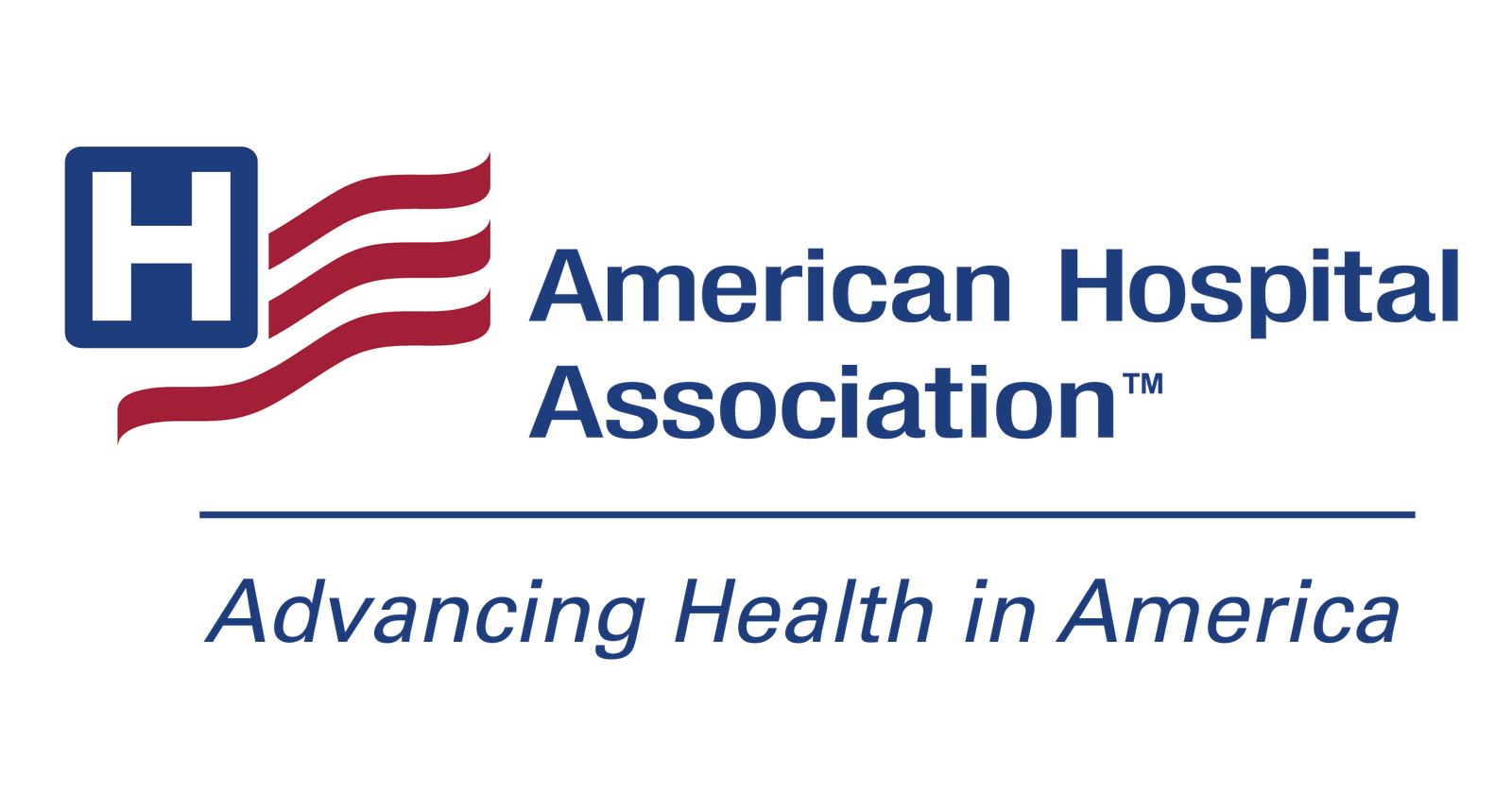
[ad_1]
April 1, 2024
The Honorable Bill Cassidy, M.D.
Ranking Member
Committee on Health, Education, Labor, and Pensions
United States Senate
Washington, DC 20510
Dear Ranking Member Cassidy:
On behalf of our nearly 5,000 member hospitals, health systems and other health care organizations, our clinician partners — including more than 270,000 affiliated physicians, 2 million nurses and other caregivers — and the 43,000 health care leaders who belong to our professional membership groups, the American Hospital Association (AHA) appreciates the opportunity to respond to your Request for Information (RFI) seeking feedback on the Food and Drug Administration’s (FDA) proposed regulation of diagnostic tests.
Many hospitals and health care systems develop and use laboratory developed tests (LDTs), particularly larger hospitals and academic medical centers. These tests are developed, validated and performed in-house by individual laboratories — they are not commercially distributed. They range from routine tests like blood counts to more complex molecular and genetic tests for cancer, heart disease, and rare and infectious diseases. LDTs provide timely patient access to accurate and high-quality testing for many conditions where a commercial test does not exist or does not meet current clinical needs. They provide physicians with important clinical information to diagnose and treat patients and are essential to the practice of medicine.
The AHA is concerned that the FDA has overreached in its proposal to regulate LDTs as medical devices. We urge Congress to exempt hospitals and health systems from being included in this FDA device framework or help ensure that regulatory oversight of LDTs is modernized in a manner that both supports medical innovation and ensures that these clinical laboratory tests remain accessible, safe and effective.
While we support the need for additional oversight of the development and use of some LDTs and in-vitro diagnostics (IVDs) offered as LDTs, the FDA’s proposal to apply its device regulations to hospital and health system LDTs is misguided. These tests are not devices — they are diagnostic tools developed and used for essential patient care. Regulating LDTs under the FDA’s device regulatory framework could cause patients to lose access to many critical tests and stifle innovative advances in hospital and health system laboratory medicine.
As highlighted in greater detail below and in our comment letter to the FDA, we are concerned that this rule — if finalized as proposed — could significantly increase hospital burden and costs, decrease the ability to provide the most effective and appropriate care to patients and delay care. Even under its current scope, the FDA process often takes at least six to eight months and costs between $19,870 and $441,547 for a single device — barriers that many institutions simply could not overcome.1
DIFFERENTIATING HOSPITAL DEVELOPED LDTS AND COMMERCIALLY MARKETED IVDS JUSTIFIES FDA ENFORCEMENT DISCRETION FOR LDTS
Hospital and health system LDTs benefit from the many factors that distinguish them from companies that distribute commercially marketed IVDs. These include the integration of laboratory test development and use into the continuum of patient care and the many patient safeguards to which laboratories are already subject. These factors are a large part of the reason why the FDA for many years applied enforcement discretion to the development and use of LDTs in hospitals and health systems.
Specifically, hospital and health system laboratories that develop LDTs:
- Are integral components of teaching hospitals and/or academic institutions that provide direct patient medical care.
- Have a primary role in providing testing and interpretation for the benefit of the patients and clinicians in affiliated hospitals or health systems as a part of larger clinical treatment decision-making processes for patients of these institutions.
- Have been certified to conduct high-complexity tests by the Centers for Medicare & Medicaid Services (CMS) through the Clinical Laboratory Improvement Amendments (CLIA) program.
- Are subject to comprehensive oversight and regulation by other federal, state and private regulatory bodies, such as: CMS’ enforcement of the Medicare Conditions of Participation; state agencies’ licensing and oversight of the function of these facilities; and respected laboratory accreditation organizations, including the College of American Pathologists (CAP) and The Joint Commission’s provisions of stringent laboratory and other oversight. In fact, CAP addresses LDTs in five separate checklists as part of its accreditation process.2
Moreover, unlike commercial companies that develop IVDs, hospital and health system LDTs are typically developed at the request of, and in close collaboration with, clinical caregivers for use within the context of comprehensive patient care within a hospital or health system. The testing is conducted for hospital inpatients and outpatients and provides physicians with important clinical information to diagnose and treat patients in all areas of medicine. Unlike commercially developed IVDs, the motive is not mere profit but rather applying the utmost rigor to developing LDTs for use in caring for their own patients.
As a result of these factors, the AHA has urged the FDA to continue to apply its enforcement discretion to hospital and health system LDTs and defer regulation of these tests mainly to CMS’ strict CLIA oversight, the CAP accreditation and state law.
Enforcement discretion is particularly important for low- and moderate-risk LDTs, including modifications to FDA-approved IVDs. Modifications improve the performance of approved diagnostic tests on certain patient populations, address problems or issues with FDA-approved devices, and allow the latest research and clinical knowledge to be rapidly incorporated. They are intended to improve testing accuracy and safety. If the laboratory is following the CLIA regulations and is subject to the factors described above, low- and moderate-risk tests, including modifications to commercially marketed IVDs, should be exempt from FDA regulatory oversight.
The AHA also supports continued FDA enforcement discretion for LDTs that are subject to established laboratory evaluation programs, such as those developed by New York state and Washington state. Many hospital and health system laboratories participate in these evaluation programs for their rigorous validity and quality reviews and even the FDA has accredited the New York state program as a third-party reviewer on behalf of the agency for the premarket clearance process.
For health systems with multiple locations, enforcement discretion should be applied at the health system level so that LDTs developed by one health system laboratory would be permitted to be used for the care of patients in another location within the same health care system without having to forfeit their enforcement discretion. This is particularly critical for certain specialties where care is regionalized, such as pediatric specialty care, where the patient would only have access to such testing if the LDT developed by one health system clinical laboratory can be performed at another system location. This is especially true for children on Medicaid with medically complex conditions, like cancer or other rare diseases. This approach enables children to receive follow-up and continuing care from local providers, allowing them to stay in their homes, communities and schools, reducing stress and burden on their families and overall well-being.
The AHA recommends that FDA’s regulatory oversight should only apply to commercial manufacturers and for-profit laboratories developing, selling and distributing IVD test kits, all of which, unlike hospital and health system LDTs, are developed outside of the physician-patient context. The IVDs sold by such manufacturers do not have the mitigating factors described above and, as a result, often have a history of serious issues and deficiencies that may cause patient harm and danger to the public’s health. An example is the widely reported issue with prenatal genetic tests developed by commercial IVD companies.3 Other examples include IVDs sold by commercial manufacturers for detecting autism, detecting genetic variants for breast cancer and for predicting response to certain medications.4,5,6
FDA’S PROPOSAL WOULD DRASTICALLY INCREASE BURDEN AND COST FOR THE FDA AND HOSPITALS
Increased Burden on the FDA and Hospitals
Applying the FDA’s device regulations to LDTs, even with the proposed four-year phase out of the current enforcement discretion, would pose nearly unsurmountable burdens and costs on both the FDA and hospital and health system laboratories. The unfortunate outcome likely would be the decline in the rate of clinical innovation, which would negatively impact the country’s ability to keep our health care system at the forefront of discovery, provide quality care to patients and respond quickly to emerging public health risks. This is yet another reason the AHA has urged the FDA to continue to use enforcement discretion, particularly for the areas we have highlighted, for LDTs developed by hospitals and health systems.
Subjecting all hospital and health system LDTs to the FDA’s device regulations would result in a tremendous surge in the number of applications submitted to the FDA. This is because under these regulations, nearly all LDTs would require a PMA, a 510(k), or other application to the FDA. One large health system noted that they have at least 1,600 existing LDTs; under the proposed rule, they would need to submit 1,600 applications for approval in the first year of the phase-out. Another large hospital has developed over 150 new LDTs in the areas of microbiology, chemistry, molecular pathology, transplant medicine and digital pathology over just the last two years. They would have to submit applications for each of these during the first year of the phase-out. These figures are from one single health system and one additional hospital out of AHA’s nearly 5,000 member hospitals. Because a substantial number of these hospitals likely develop LDTs, such a change would quickly result in overwhelming burdens on the FDA, hospitals and health systems.
Even under the current scope of the FDA’s oversight, the agency does not have a strong track record for the timely processing of submissions for PMAs, 510Ks and emergency use authorizations (EUAs). For example, for Class 2 devices, the FDA is required to respond to complete 510(k) submissions with a notice indicating a complete application and acceptance for review within 60 days of receipt. However, according to a Qualio report, currently the average length of time for clearance under the traditional 510(k) pathway is almost three times as long — nearly six months.7 For Class 3 devices using the PMA pathway, the average approval time is over four times as long — over eight months. The novelty of the FDA review process for hospitals and health systems means that the processing timeframe for these applications would likely be even longer.
According to a recent report from Emergo, in 2022 the FDA received approximately 18,800 submissions.8 Under the proposed rule, additional submissions likely would be in the tens of thousands. We are concerned that the FDA is not prepared to process this volume of applications in a reasonable timeframe, which would impact access to care for patients.
Increased Costs to Hospitals
Hospitals and health systems continue to face significant financial challenges as sustained increases in the costs required to care for patients have been met with woefully inadequate increases in government reimbursement. Between 2019 and 2022, hospitals’ expenses increased 17.5%, while Medicare reimbursement for inpatient care only increased 7.5%.
The FDA’s proposed rule would impose a costly and redundant regulatory framework on hospitals that would exacerbate these challenges. Compliance with the FDA’s framework would impose tremendous additional costs on hospitals and health systems, including the additional staff time and outside expertise needed to understand, complete and manage FDA applications for both existing and new LDTs, as well as the exorbitant FDA user-fee costs that would be required for nearly every LDT.9
Hospitals and health systems, unlike traditional device manufacturers, are largely inexperienced in working through the FDA’s regulatory processes. As a result, they do not have internal FDA regulatory mechanisms in place to complete all the steps necessary to gain approval in a timely and accurate manner. Thus, they would have to retain experienced consultants and outside counsels to prepare, submit and manage their applications. These new costs would rapidly escalate for the hundreds or thousands of applications that hospitals and health systems would have to submit to the FDA in the first year of the phase-in alone.
The FDA’s proposed user fees would rapidly escalate with the number of applications filed. For instance, in 2023, the FDA charged $6,493 to register a facility. In 2023, the FDA charged $19,870 for one 510(k) application, $441,547 for one De Novo application and $132,464 for one PMA.10 Hospitals and health systems simply will not be able to absorb these costs. These fees would lead to tough choices about which LDTs hospitals could continue to offer and restrictions on how they can adapt their diagnostic testing to care for patients.
Imposing these additional costs and burdens is untenable and would ultimately lead to institutional decisions that would limit the types and number of LDTs offered by the institution, leading to a substantial reduction in patient access to innovative and targeted diagnostic tests.
CONCLUSION
Thank you again for your interest in the regulatory framework for diagnostic tests and the impact of the FDA’s proposed rule on hospitals and health systems and their patients. Please contact me if you have any questions or feel free to have a member of your team contact Jason Kleinman, AHA’s director of federal relations, at jkleinman@aha.org.
Sincerely,
/s/
Stacey Hughes
Executive Vice President
__________
1 510(k) application and De Novo application respectively
2 The biannual CAP accreditation inspection process includes LDT validation requirements in five checklists. These include the “all common” checklist, which all labs must go through, and the checklists for molecular pathology, microbiology, anatomic pathology and cytogenetics.
3 https://www.nytimes.com/2022/01/01/upshot/pregnancy-birth-genetic-testing.html
4 https://www.spectrumnews.org/news/blood-test-autism-not-fast-experts-say/
5 U.S. FDA, “Letter to deCODEme Complete Scan,” https://www.fda.gov/media/79216/download
6 U.S. FDA, “Letter to 23andMe Personal Genome Service,” http://web.archive.org/web/20191214010336/https:/www.fda.gov/media/79205/download
7 https://www.qualio.com/blog/fda-medical-device-approval-process
8 https://www.emergobyul.com/news/us-fda-annual-report-nearly-6000-medical-device-authorizations-2022#:~:text=In%202022%2C%20FDA%20authorized%3A,3%2C229%20510(k)s
9 https://www.registrarcorp.com/blog/fda-announces-new-medical-device-user-fees-for-fy-2023/
10 The De Novo request provides a marketing pathway to classify novel medical devices for which general controls alone, or general and special controls, provide reasonable assurance of safety and effectiveness for the intended use, but for which there is no legally marketed predicate device.
[ad_2]
Source link






